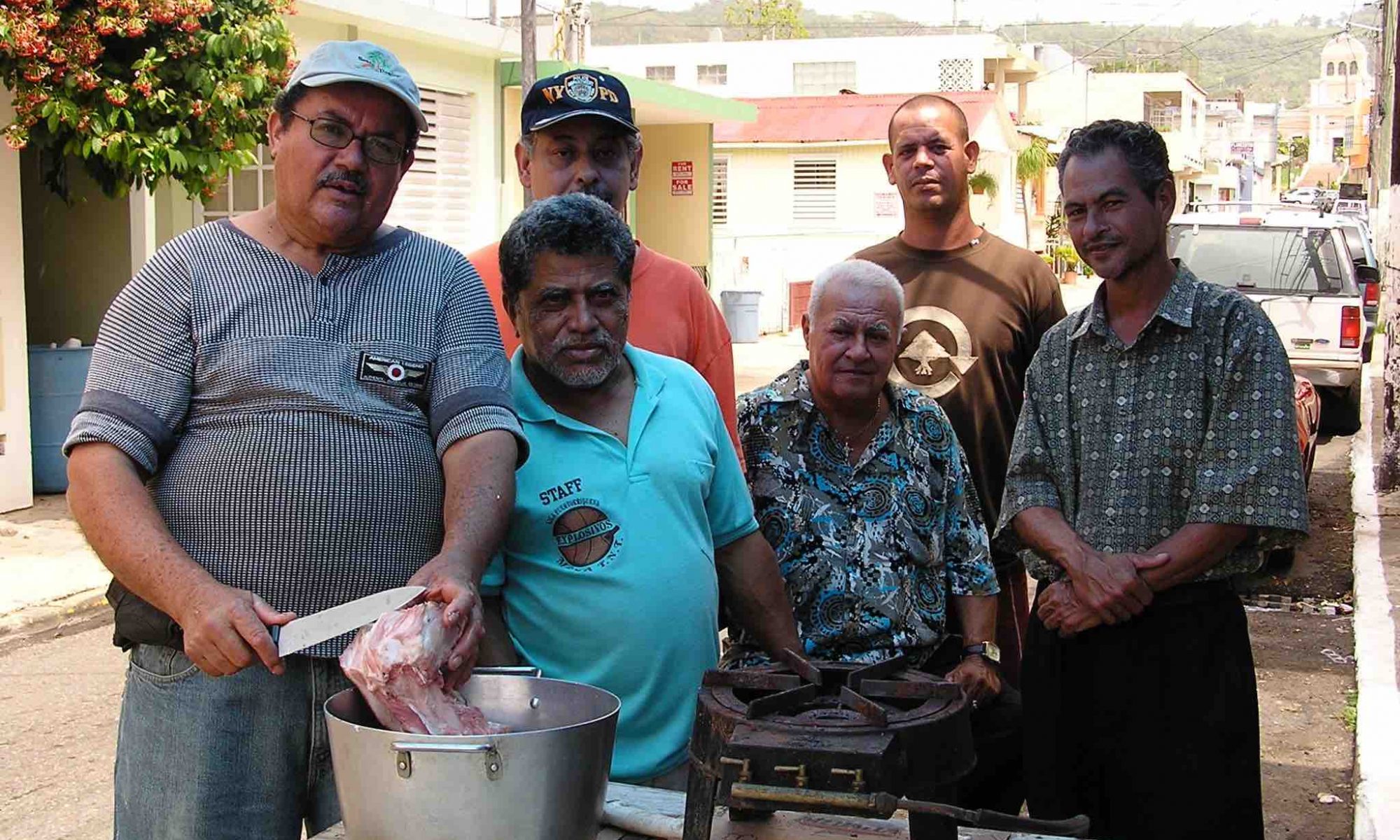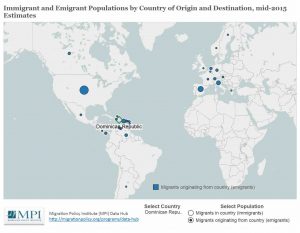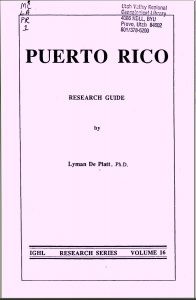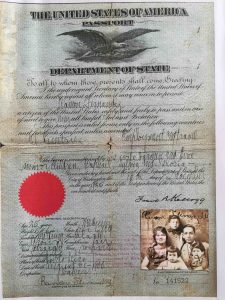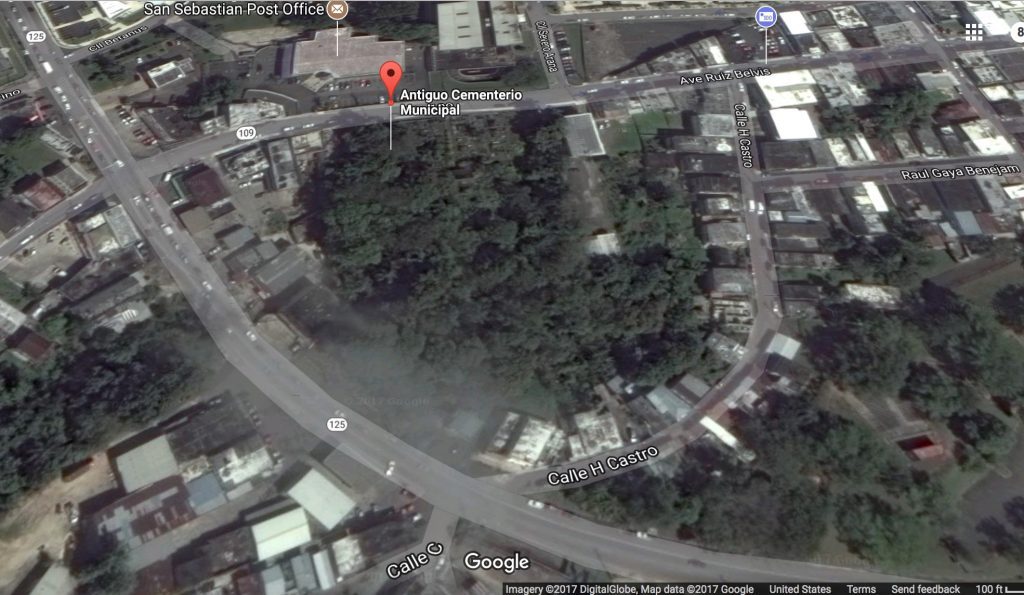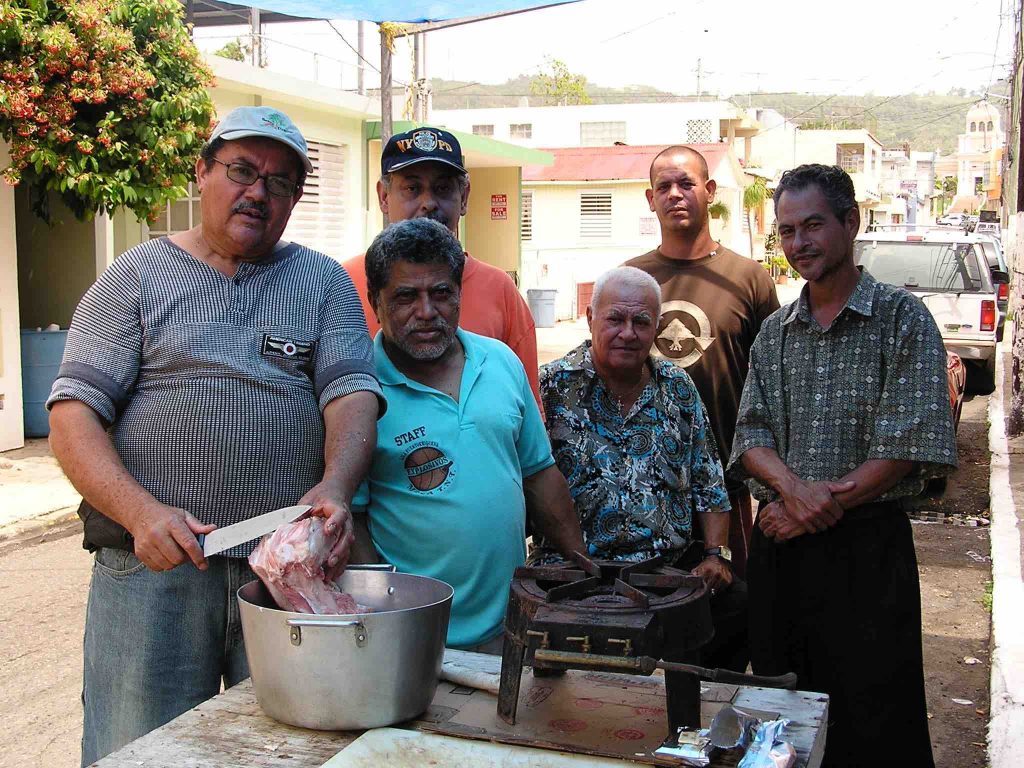
Yams & communities
Roots like yams, yuca, yautia, malanga known by different names on different islands and continents are central to Puerto Rican foodways and are also tied to a larger history of the slave trade over several centuries. Come with me as I trace yams from the cooking pot out to the hills of Moca and across the oceans to Africa and from Puerto Rico to Cuba.
In March 2007, Lele set up a stand outside his grocery store in Barrio Pueblo, Moca, so that a group of friends could share in cooking and eating the delicious root they dug up in the hills the previous day. ñame (NyAH-meh), a variety of yam, grows to various sizes and has pale yellow or white flesh, or pith. Here Lele made a sancocho, adding oxtail for the broth the ñame cooks in, filled with other roots, herbs and boiled green bananas.
There are several varieties of yam some, like ñame blanco, Dioscorea rotundata is originally from West Africa; other kinds come from tropical Asia, Brazil and other areas of South America. Dioscorea and its varieties is a plant that’s been cultivated for over 5,000 years around the world.
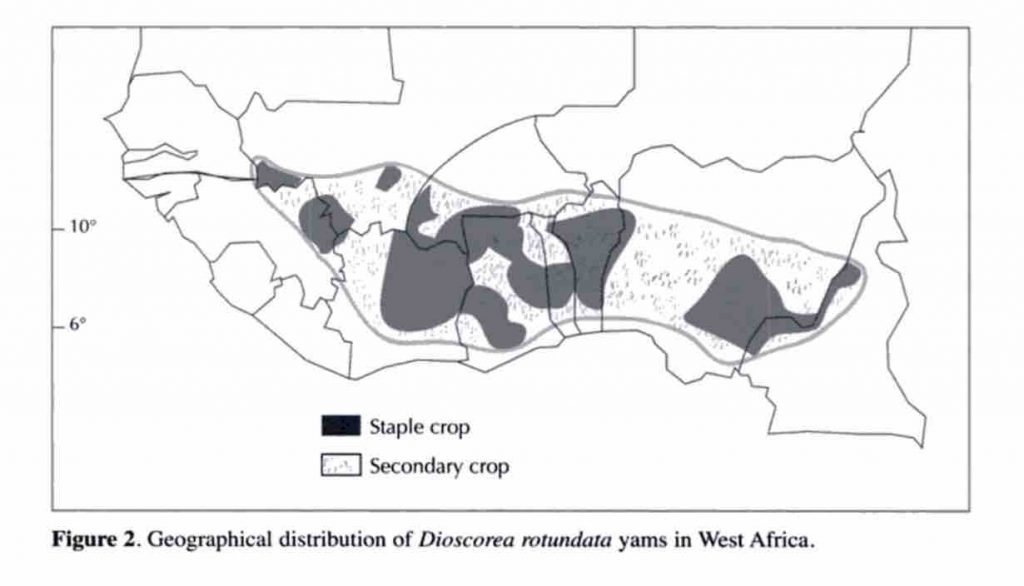
The centrality of yams to the diet in West Africa is reflected in the number of names each one has that gives technical and historical information- in the Cote d’Ivoire, this tuber has 166 names, and in Benin, it has 311. This is a large vine that can reach a height of and takes 6-8 months vegetative cycle with 3-5 months dormancy for the tubers to grow. [1]
Another key root is yuca, known as cassava. It’s one of the oldest crops on the island, grown in piles of earth called conucos. Grated, used to make cassava bread, flat and baked on hot stones, or, given it’s mild flavor, prepared with other ingredients, be used in stews, roasted or fried.
Ultimately, what’s in a meal made with yams, cassava, green bananas and plantains is a blend of ingredients and cultures brought to the Caribbean over thousands of years and hundreds of miles by different groups of people in systems of intercolonial trade.
Digging the Roots in Moca
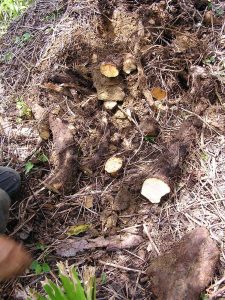
I was able to go ñame hunting with my cousin Enrique Rivera in the hills of a farm that his friend owned in the hills of Barrio Cruz. We went down a steep edge, looking for potential spots where vegetation was already cleared. One person searched through brush for the right leaves, and with knives and machetes, we began to carve out the soil to yield the root. Large and heavy with moisture, these roots can easily weigh several pounds.
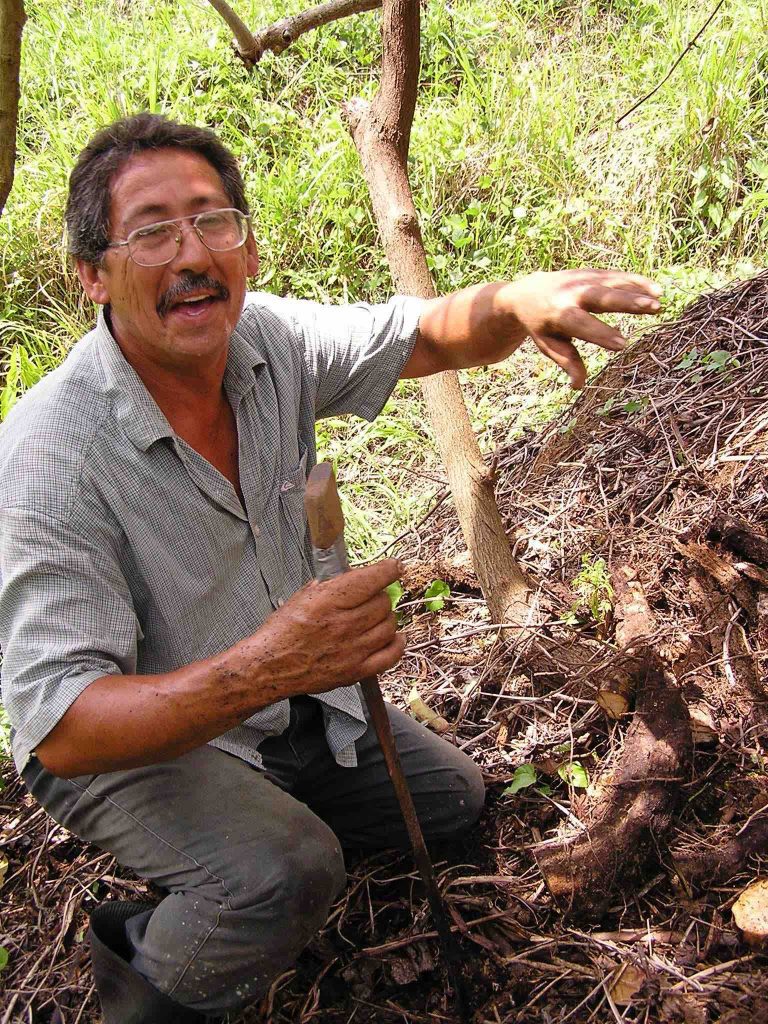
Peeled, grated, then fried, people make bunuelos de ñame, or have them along with other roots, as in the dish verduras con bacalao, which can include a selection of yuca, batata, malanga, yautia and guineos verdes (green bananas), simply boiled with prepared bacalao (dried cod fish) in or on the side, drizzled with olive oil.
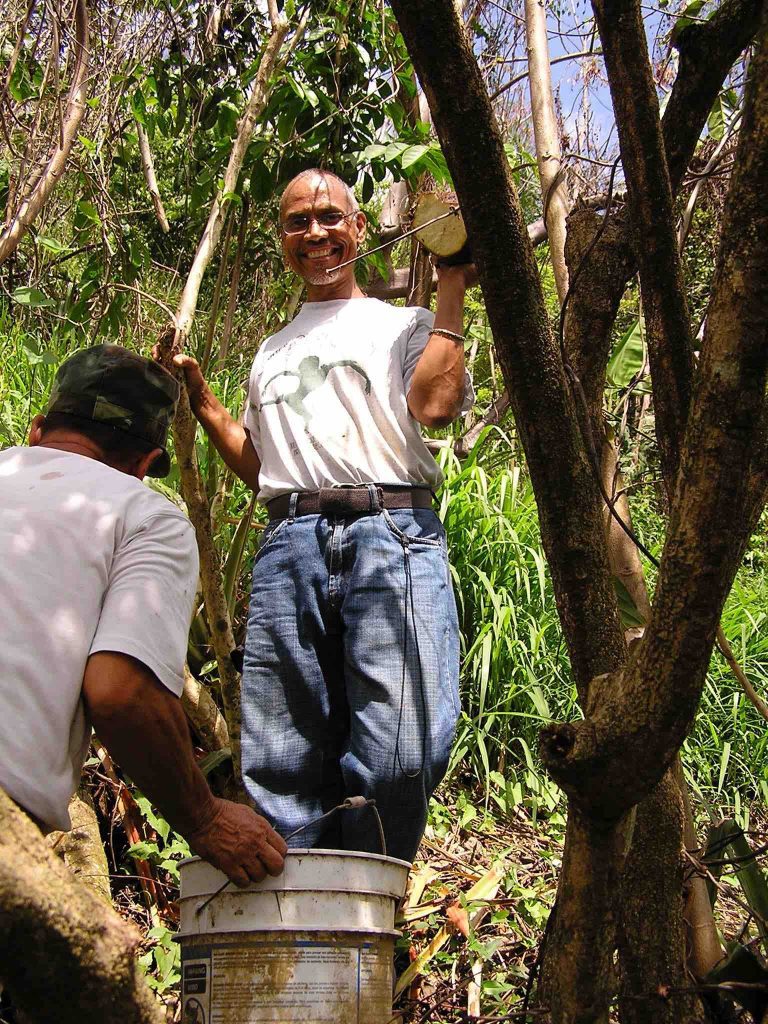
Cook it!
Mash it, bake it, boil it or, sauteed, roots can provide a filling, tasty meal. Know that most of the corn, green bananas and plantain during the 18th & 19th centuries made up a large portion of the diet of our enslaved and impoverished ancestors in the Caribbean.
Wild Yams & Other Naming Practices
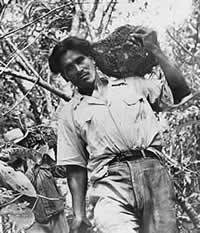
Here’s a photo taken in the 1950s of a man coming out of a jungle carrying a large wild yam on his shoulder from the Library of Congress website. (This yam was not eaten, but used as a source for hormones.) Still, it gives an idea of the size these roots can often grow to- and they can reach 130 pounds. In this case, the local name of the yam, ‘cabezo de negro’ demonstrates how ideas around race and labor are linked to food, yet the location where the photo was taken, and the name of the person who appears in the photograph are not mentioned. Names can reflect the inequalities of power, just as the photograph hides the person taking the image and the organization that makes the image possible.
What’s in a name?
However, the terms cabezo, cabezon, can invoke images of retaliation by planters and resistance by the enslaved. In Guillermo A. Baralt’s Slave Revolts in Puerto Rico, African-born enslaved laborers called bozales, were those who “more than the other slaves, resisted the work regime to which they were subjected when they arrived on the island. [2] Those who rebelled in Bayamon in 1822 and in Ponce in 1826 had arrived only a few months before the conspiracy. The ones who fought most resolutely against their owners for over half a century were the “negros cabezones” [pigheaded blacks]. They included the leaders of the Ponce conspiracy of 1841 and enslaved Longoba nation members in Toa Baja in 1843, along with those in Vega Baja in 1840.”[3]
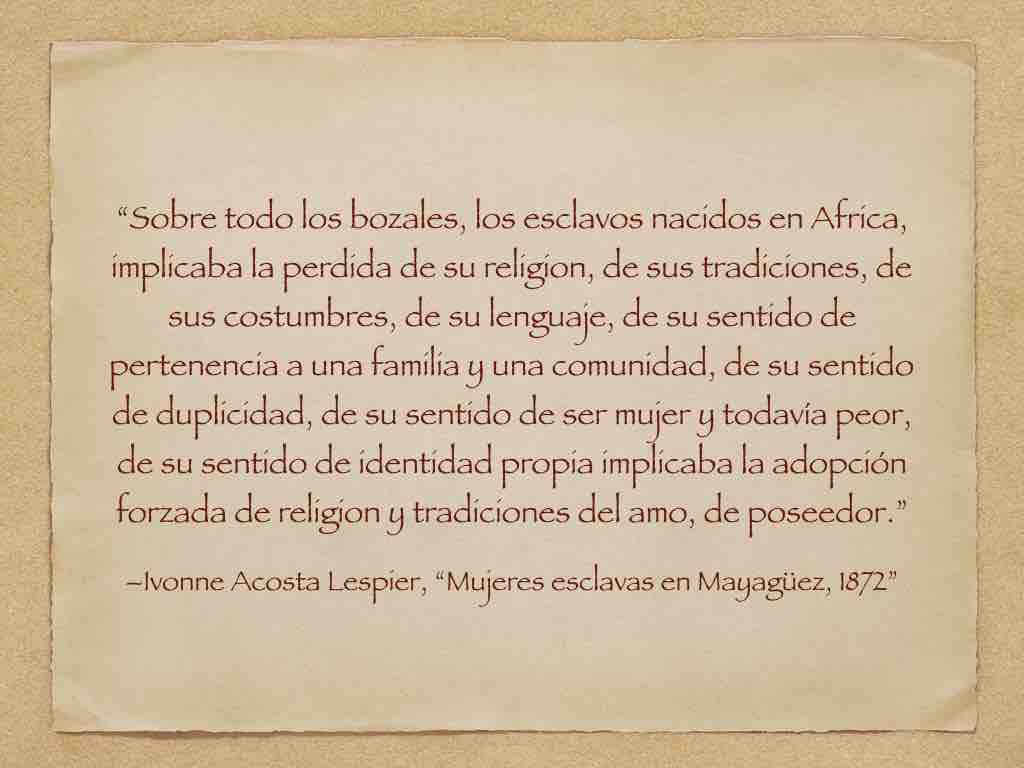
A bitter reality: sugar production & slavery
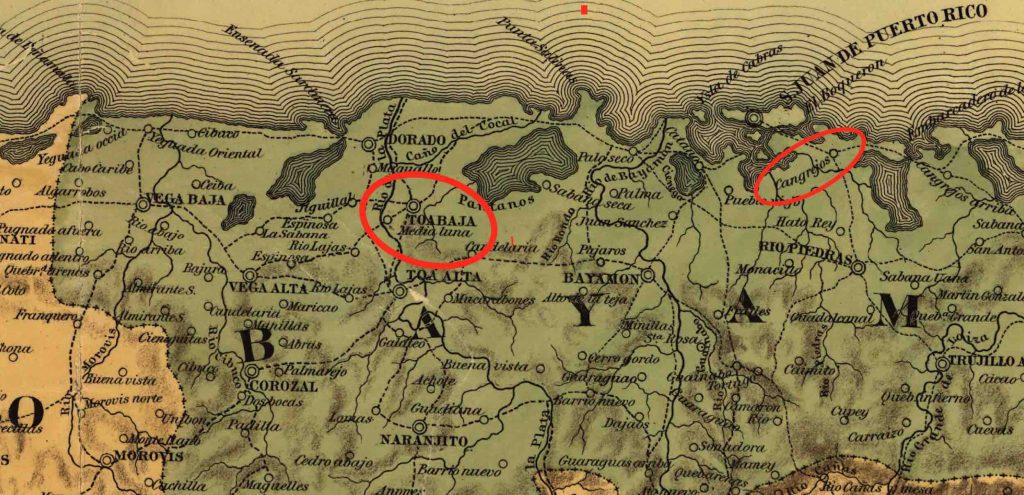
This portion of the 1886 Colton & Co. topographic map of Puerto Rico gives a sense of how the proximity of waterways and the free town of Cangrejos to the east likely served as inspiration for those enslaved across Bayamon and beyond who sought self liberation before 1873. The names of wards that dot the map are also those of sugar mills (Ingenios), such as Media Luna in Toa Baja and El Plantaje in Palo Seco.
Sugar dominated the landscape outside of San Juan, a region that extended from Toa Baja and Palo Seco on the west and Loiza, Carolina and Trujillo Bajo in the east. This was the earliest monoculture region on the island, and as such confronted the problems of slave rebellions. [4]
Increased numbers: Legal & illegal business, Dicey documents
As Guillermo Baralt notes, “From the time of the first sugar mills were established in Toa Baja, including that of the heirs of Juan Ponce de Leon, the sugar industry had been closely linked to black Africans and their American descendants. As this industry began to develop on a large scale at the end of the eighteenth century and the beginning of the nineteenth, the number of slaves almost doubled, from 208 in 1776 to 410 in 1827.” [5 ]
The increased numbers of enslaved Africans in the hatos of the surrounding area were in part due to Toa Baja’s open involvement in an illegal slave trade during the early 19th century. I delve into details in this blog because one may find their line leads to this region, yet a specific ancestor is not found. As my cousin, genealogist Teresa Vega notes, that today our DNA tests may show connections, yet those direct ties may be to an ancestor we may never know because of the social conditions of slavery. This cultural and economic arrangement aimed to define people as less than, just as in the American South and countries where slavery was legal. Still, small numbers of the enslaved managed to have their relationships and children recognized, and were able to buy their freedom (coartacion). As a result, they stand to appear in more documentation as once owned, as free, and as owners of property.
Spain ended slavery within its own country in 1836, while in the Caribbean, despite signing treaties with England, Spanish ships were liable to be seized and its human cargo confiscated by British patrols if they were determined to be slavers. Yet there were citizens who requested and recieved special licenses to import dozens, or hundreds of enslaved people at a time.
One was the planter and slave trader in Toa Baja, Francisco Soler, owner of Hacienda San Pedro and also Regidor (city councilman) of the Ayuntamiento (municipal government) of Toa Baja. In 1824, Soler had licenses to import 300 slaves and between 1830-1840, he was granted licenses for bringing slaves into Puerto Rico. The argument offered for importing enslaved people for the market was “because one could not depend on the free workers as they abandoned the preparatory tasks for the harvests..” [6] The lack of confidence in free labor was the explanation offered for why in Puerto Rico, the purchasing of slaves continued right up to the moment of abolition in 1873. [7,8]
As freedom in Cuba was a late arrival in 1886, I expect there were planters in Puerto Rico who took advantage of this situation to transfer their enslaved labor to plantations in Cuba via a network of family connections. As I review the documents tied to various ingenios (sugar mills) in the region, I also see surnames tied to my extended family in the north west- Salas, Quinones, among others.
The trade continued, with the origin of enslaved Africans hidden on documents. This official anti-slaving activity had only a partial effect on reducing the numbers of people transported during the Middle Passage. Afterwards, as availability of enslaved African laborers waned, the price of bozales increased considerably as a result. At the same time, sugar slid in value, and the process was only partially mechanized. To make matters even more pressing, different and more refined sugars entered the market, diminishing the value of Puerto Rican muscovado sugar. [9]
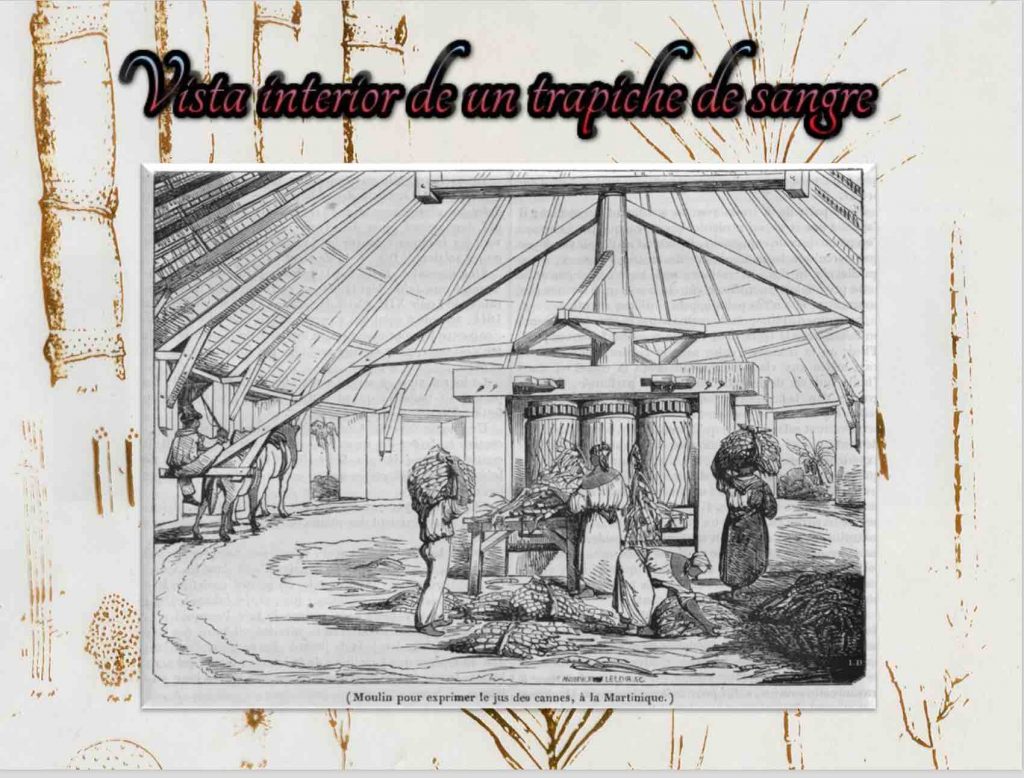
Similar machines, literally ‘blood mills’ based on older technologies caused workers serious injuries. Notice the woman, who represents the fact that many enslaved workers male and female worked crops from planting to harvest.
A focus on the economy only serves to hide human suffering involved in the production of materials for mass consumption. There’s a shift happening where la otra cara de la historia (the ‘other face of history’) is taking center stage in research and family histories of POC. The panelists on Black ProGen LIVE are part of this shift.
Y como me gusta mi historia negra, asi guanta la azucar.
And as I also like my history black, hold the sugar.*
Resistance and Retaliation: Toa Baja, 1843
The reduced availability of Africans, and the ensuing rise in the price of the enslaved did not mean slavery in Puerto Rico was benign, just as in other places, violence was seen as a means to gain profit. Work regimes were brutal with the rise in sugar, and many situations only became even more desperate. Toa Baja’s open investment in the illegal slave trade, the changes in its boundaries with the formation of the municipalities of Palo Seco on the east and Dorado on the west meant the ensuing loss of wealth was paired with the increased production of sugar with a price in free fall. The situation of the enslaved worsened. Revolt and resistance became a constant.
Historian Andres Ramos Mattei described the conditions the enslaved labored under at an Ingenio (sugar mill):
… and after the labor of cutting cane ended, they were sent to the factory where they were obligated to stay until almost midnight. The freed worked at night and less in the factory because, among other things, the infernal noise and intolerable heat of the same. The inhuman work conditions, the bad quality of life, the lack of infrastructure and the little security before accidents that occur while operating equipment and machinery, that made accidents possible and the deaths of sugar workers. [9]
During the harvest break, a group of enslaved Longoba men gathered to play nine pins at a farm in barrio Mameyal for their holiday. There, at the Cantero hacienda, an absentee owner, they quickly planned and executed their takeover of the town of Toa Baja. The group was led by Cornelio, alias Bembe, who complained of ill treatment and lack of food at his master’s hacienda, that of the widow Dona Maria de la Concepcion ‘Concha’ Pasalagua.
What ultimately ensued was the only slave uprising to succeed in its initial moments, yet ended with substantial difficulty by nearly a thousand people including several troops of militias. [10]
The death penalty in Puerto Rico, 1843
More on the consequences of these acts are discussed in Jalil Sued-Badillo’s La Pena de Muerte en Puerto Rico (2000). All cases of slave conspiracies were handled by military tribunals that condemned and executed those found guilty. In 1826, regulations were passed by Governor de la Torre and ratified in 1829. Punishments ranged from hanging and quartering from 1700s to the 1830s, then by firing squad, garrote and quartering or decapitation; or simply by decapitation, the sentence for three enslaved persons in Fajardo in 1843. [5]
Those involved with the uprising in Toa Baja came from dona Pasalagua’s hacienda, situated west of the town, a property managed by Pascasio Charbonieu, who married Maria de la Concepcion Pasalagua’s sister, Maria Belen Pasalagua Cordova. [6]
They were sentenced on the 18 May 1843.
Among the Longoba were:
Bembe (baptized Cornelio)
Enrique Longoba
Casimiro
Luis
Pedro
Lucas
and others from the hacienda owned by Francisco Cantero.
Five soldiers and Bembe were killed in the fighting. and soldiers were decorated, relatives of those who died received decorations from the government and for a few, even pensions. Below is a chart based on the list of the condemned in Sued Badillo’s La Pena de Muerte.
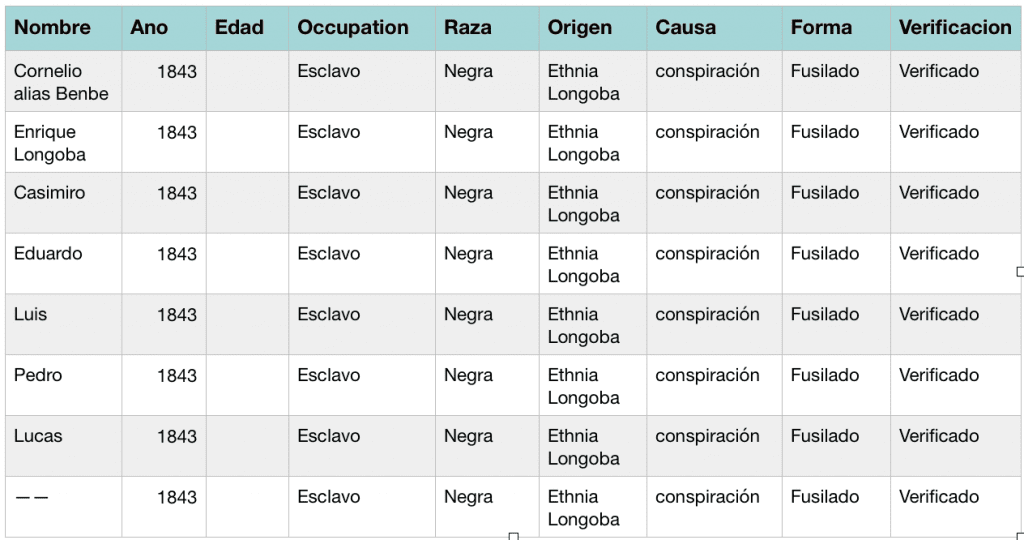
This portion of the official report, Sintomas de sedicion de esclavos en un ingenio de Toa Baja – (Symptom of a sedition of slaves at a mill in Toa Baja) refers to the extensive networks among enslaved laborers:

…Este Negro ha declarado estar en la conspiración varios Capatares de diferentes Haciendas de Naguabo, Caguas, Mayag.s, S.n German, Penuelas y Loiza, cuyos Priciones he mandado ejecutar por Comisionados especiales q.e les resiban acta continuo sus declaraciones inquisitiva…
..This Black has declared being in conspiracies versus various Overseers of different Haciendas in Naguabo, Caguas, Mayaguez, San German, Penuelas and Loiza, in shackles he sent orders by special Commissioners who received the acts continue their investigative questioning…
I expected to see extensive coverage of the insurrection given the number of persons involved. Yet this is the only notice in La Gazeta de Puerto Rico, the official newspaper of the Spanish government, tied to the uprising of 1843. It is short and simple, a request for bids for the repair of the Casa del Rey in the pueblo– the same building initially taken over by the enslaved laborers just days earlier.

Regardless of the state’s warnings and the penalty of death, resistance to enslavement continued. Executions were completed in public places or at the same haciendas, with enslaved brought from the surrounding area to witness the delivery of a tableau intended as a warning. As the price of sugar dropped, the added pressure placed by rebellion and escape by the enslaved did not end until the legal abolition of slavery in 1873.
The family who owned Longoba people
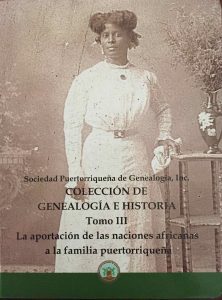 Persons owned by the viuda Pasalagua and her husband are listed in the Sociedad Puertorriqueña de Genealogia’s Collecion de Genealogia e Historia, Tomo III: Aportaciones de los naciones africanas a la familia puertorriqueña. They were divided by owner, with several enslaved people owned by the widow Pasalagua and the other those who stood to inherit from her deceased husband via the, ‘sucesión de la familia Hernandez.’
Persons owned by the viuda Pasalagua and her husband are listed in the Sociedad Puertorriqueña de Genealogia’s Collecion de Genealogia e Historia, Tomo III: Aportaciones de los naciones africanas a la familia puertorriqueña. They were divided by owner, with several enslaved people owned by the widow Pasalagua and the other those who stood to inherit from her deceased husband via the, ‘sucesión de la familia Hernandez.’
Merging of powers
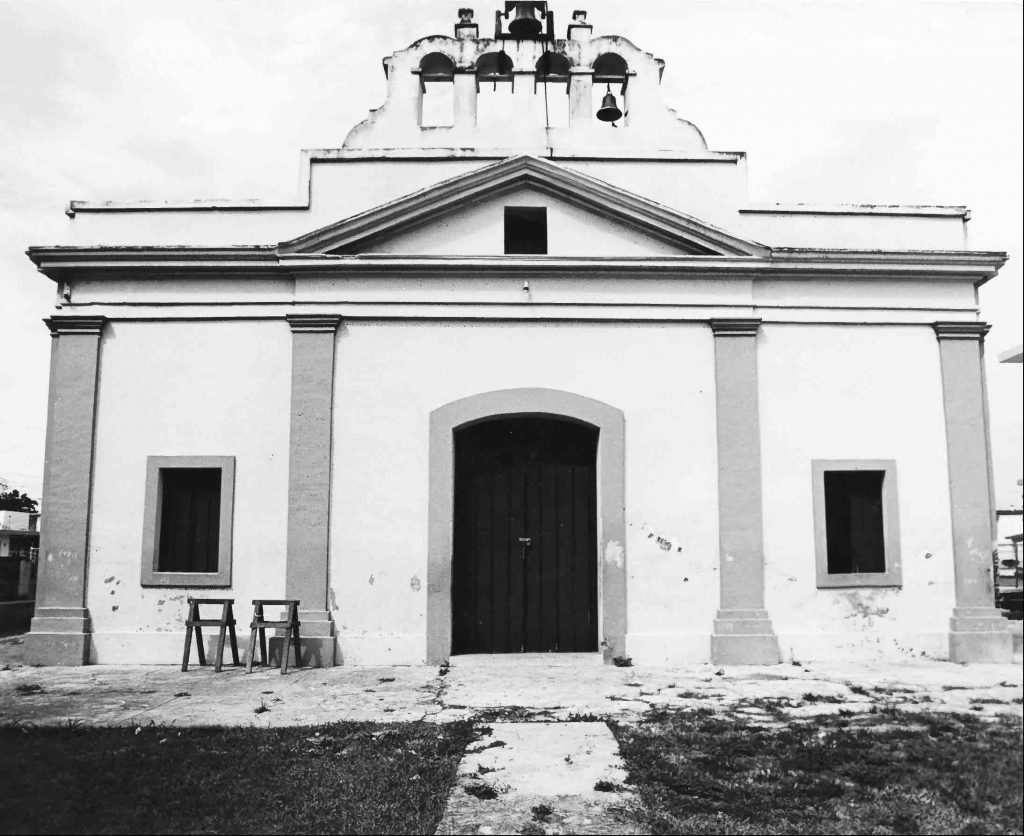
On the first of January 1833, dona Maria de la Concepcion Pasalagua and don Juan Zoilo Hernandez were married in the Iglesia de San Pedro Apostle de Toa Baja. The first of January was a time of celebration, a break between the end of harvest and the start of planting.
The Hernandez family had a tradition of producing sugar in Toa Baja and were connected to the Pasalagua Cordova bride by family, having a dispensation for “3er con 3er con 4to grado de consangunidad”, indicating the pair were second and third cousins with at least one great grandparent in common. [11]
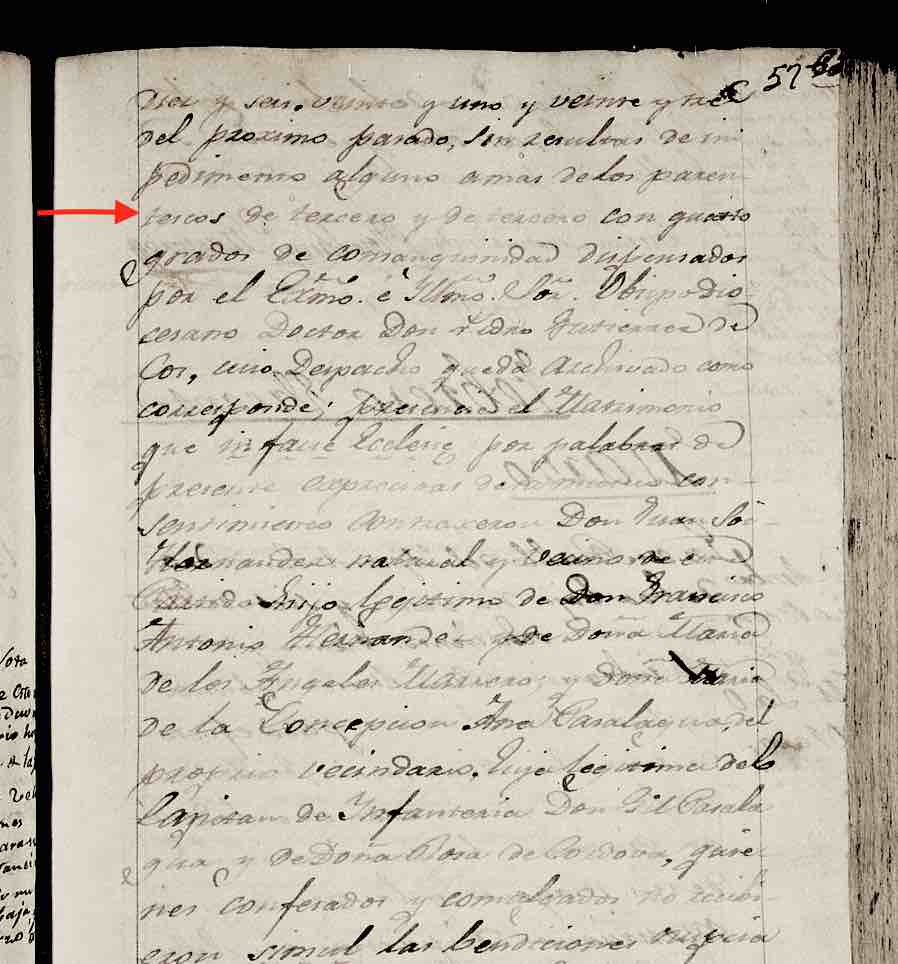
Uncertainty & instability: marriage, alliances, uprisings
The parents of the bride, Capitan Infanteria d. Gil Pasalagua and da. Rosa de Cordova and those of the groom d. Francisco Antonio Hernandez and da. Maria de los Angeles Marrero was a union of power and commerce, representative of the island’s shift from military outpost to sugar based economy built on unsteady ground.
Even the notations on the marriage certificate point to uncertainty, observing that the marriage certificate of ‘one Jose Miguel Pasalagua and Regina Pinero were mistakenly entered in the Libro de pardos, and folio 10 corresponds to the present Libro de blancos.” (See below) [12 ] There is no date listed, and the entry bears the signature ‘Marrero’.

The text of the edge note says:
Que la partida de Matrimonio de Jose Miguel Pasalagua y Ma. Regina Pinero queda equivocada ante halla en el libro de pardos el folio 10 corresponde al presente libro de blancos Anotado y debido ante [illeg.]
[firma] Marrero
The volumes for the Iglesia San Pedro de Apostol are not indexed. To be entered in the Libro de pardos (literally The book of browns) was to be officially marked as a person of color in society, so whether this was administrative error, or a corrective to a known situation isn’t clear. Perhaps other documents will shed more light on the situation.
As historians of slavery show, endogamy shaped the lives of the people held in slavery, particularly when small slaveholding is involved. Through marriage and inheritance, the enslaved and their communities faced any number of situations from transfer of household to outright sale and the sometimes lengthy process of potentially purchasing their freedom through coartación (self purchase).
Additional connections to the family were also created through coercion or consent. Either way, relationships were subject to an imbalance of power and the wishes of the slaveholder. More may be revealed through a combination of DNA and documentation, both oral and historical.
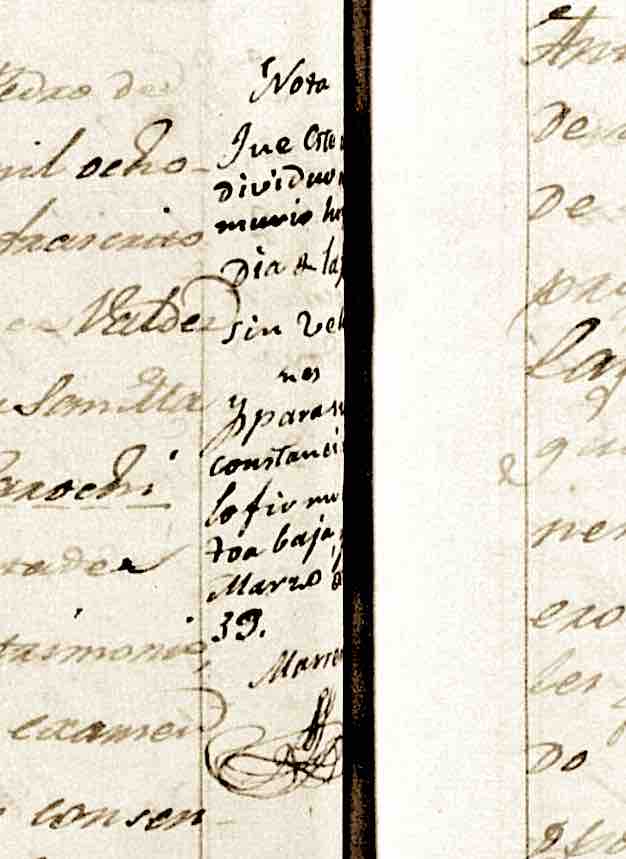
Ultimately, the marriage between dona Pasalagua and her husband did not last long. Don Juan Zoilo Hernandez Marrero died in March 1839, leaving her in charge of running the property on behalf of the estate. She was a proprietor with links to family also invested in the production of sugar, and was one of numerous female slaveowners in 19th century Puerto Rico.
One of the interesting, yet at first puzzling detail is the activity of baptizing the enslaved in groups. The list of people referenced earlier in the SPG’s Tomo III: Aportaciones de los naciones africanas a la familia puertorriqueña show two clusters of people being baptized– one group that belonged to Juan Zoilo Hernandez and the other to his wife Maria Pasalagua.
Here are the baptisms of Antonio, Gabino and Loreto that took place 18 May 1842. The enslaved that belonged to the Pasalagua and Hernandez families appear in the pages of the Libro de Bautismos of San Pedro de Apostol, Toa Baja. They were baptized in groups, and are listed in Libros 8 & 9 of Bautismos; the enslaved were born in Africa, and ranged in age from 10 to 40.

Why baptize adults? A page from Agustin Booth Corbin’s 1844 Book Second: The Spanish Colonies lays out the reasons for religious education and incorporation into Catholicism:
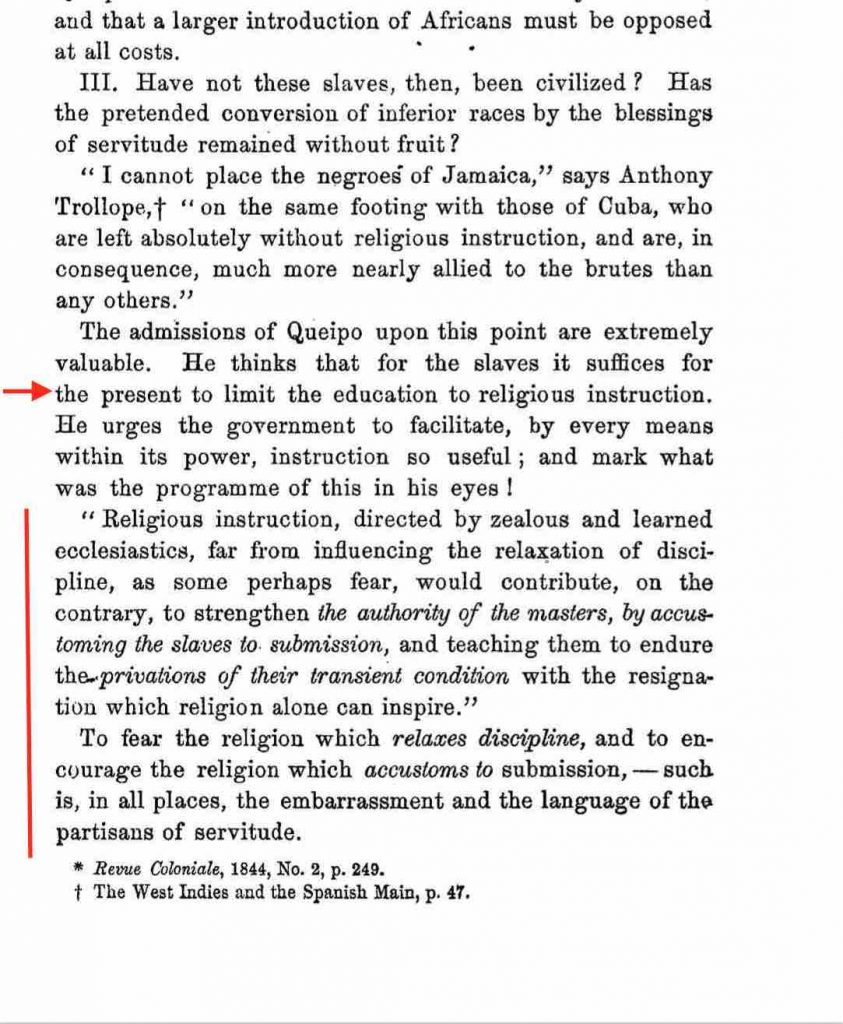
Limiting instruction, also meant to give teachings designed “to strengthen the authority of the masters by accommodating the slaves to submission and teaching them to endure the privations of their transient condition with the resignation that religion alone can inspire…. to encourage the religion which accustoms to submission…”
The 1826 slave code, passed in 1829, was instituted after a thousand people participated in uprisings in 1821 and more after. Article 2 of the 1826 Reglamento sobre la education, trato y ocupaciones que deben dar a sus esclavos los duenos y mayordomos en esta Isla states that the enslaved must be baptized within a year of residence or at most by two years of arrival.
This gives us a window for the purchase of the enslaved owned by the family of Juan Zoilo Hernandez and Maria Concepcion Passalagua.
Hardened beliefs versus flexible realities, denial versus possibility
However, looking back to 1806, self liberation was already a tradition of sorts, that emphasized survival and self preservation were fundamental values, and is part of the larger history of Marronage. Marronage existed in various forms in every slaveholding society in the western hemisphere, with Indian peoples forming the earliest Maroon communities in the Caribbean. As twenty to twenty-five people could run away in a single night, planter families argued they were being ruined by the loss of their human property. [14]
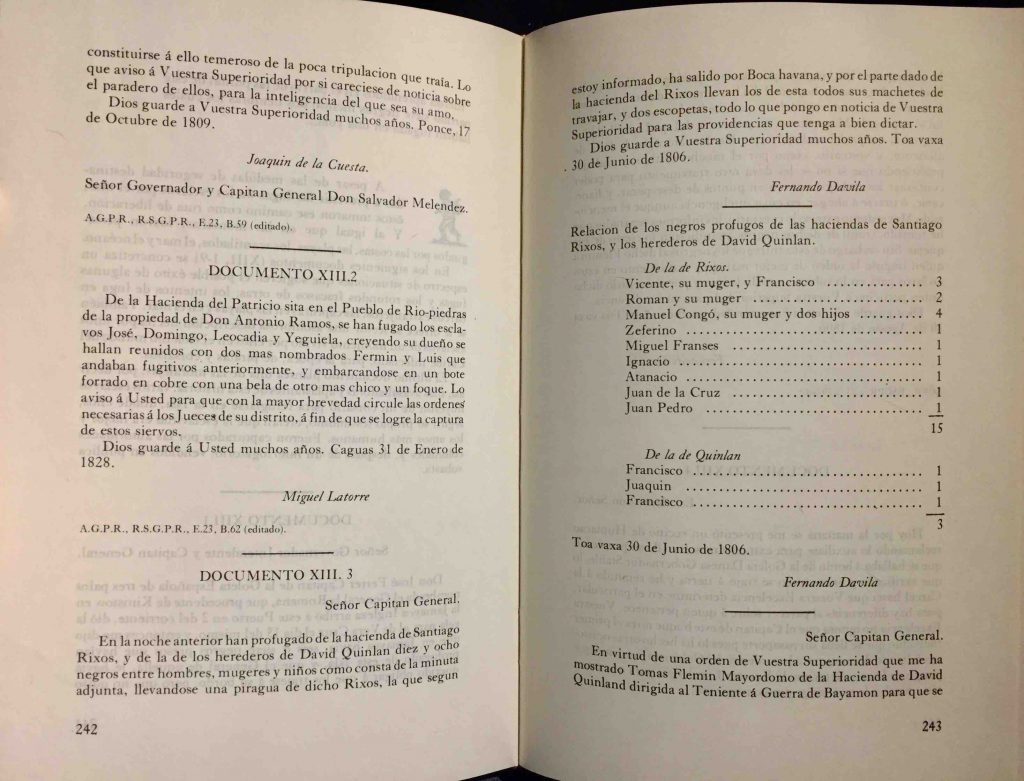
Document XIII.3 shows a list of 18 individuals who ran away one night in June 1806 from the haciendas of Santiago Rios and the heirs of the Irishman David Quinlan. Among them were men women and children, and they took a piragua or small canoe from Rios’ plantation and made it out by the Boca havana (Mouth of Havana), with machetes and two shotguns. Two had different origins as suggested by their surnames, Manuel Congo and Miguel Franses. [15]
From Rios Plantation:
Vicente, his partner and Francisco
Roman and his partner
Manuel Congo, his partner and two children
Zeferino
Miguel Franses
Ignacio
Atanacio
Juan de la Cruz
Juan Pedro
From Quinlan’s Plantation
Francisco
Juaquin
Francisco
By 1812, Santiago Rios was first among the main producers of sugar, together with Juan Ramos, Pablo and Santiago Cordova, Francisco Nevarez, Fernando Davila, Silvestre Roman, Francisco Antonio Hernandez, Jose Rodriguez, Francisco Salas and Jose Garcia. All were prominent political citizens who held posts in Toa Baja’s Junta de Visita, and in 1813, the Town Council comprised Francisco Hernandez as Alcalde (Mayor), Santiago de Cordova, Jose Narcisco Salgado and Francisco Marrero were Regidores; Francisco Salas as Sindico Procurador and Jose Maria Ramirez as Caballero Regidor. They were also important hacendados, (plantation owners). [16]
One can see that the Hernandez-Passalagua marriage involved Francisco Antonio Hernandez, as father of the groom, and Santiago Cordova, who is likely related to the bride via her mother; Francisco Marrero may have still been Regidor of Toa Baja in 1833.
This union translated into a level of power over those who toiled the land. Despite the interwoven nature of power and sugar production over the lives of the enslaved, they continued to resist.
Calling their names- Restoring the visibility of resistance

Earlier histories of Puerto Rico do not mention the 1843 uprising. Loida Figueroa’s History of Puerto Rico [17] made an effort to acknowledge the African presence in PR history by designating a separate chapter to cover the history of resistance and racial categorizations, along with the legal structure of the Slave Trade. She provides one of the earliest challenges to the nascent historiography of slavery prior to the work of historians during the 1980s, when the first studies began putting slavery at the center of research.
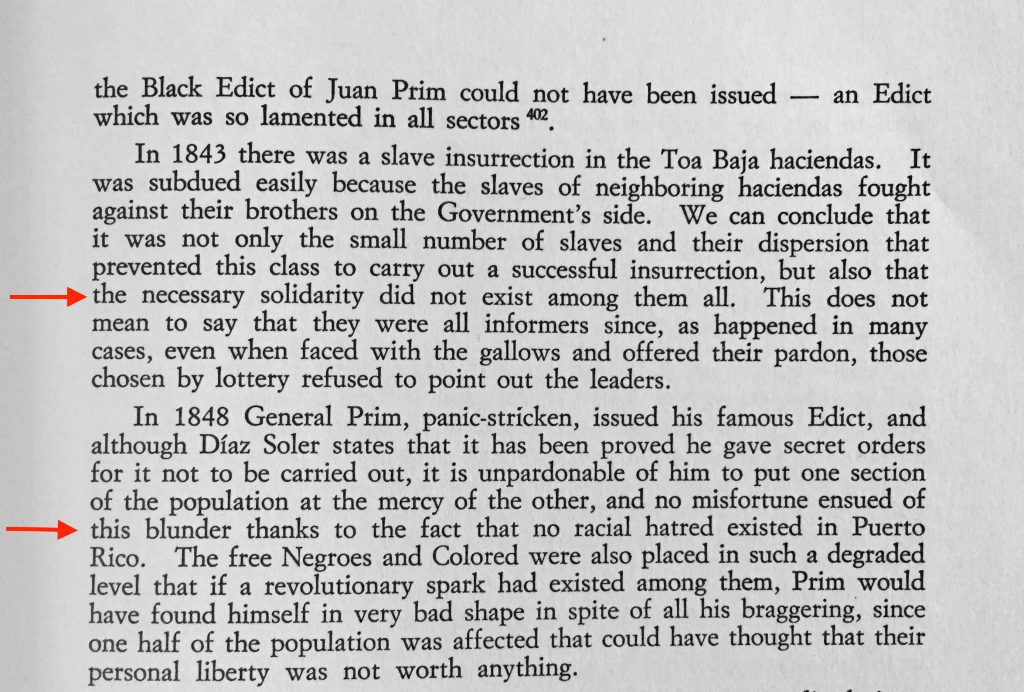
Yet here, the slave revolt of Toa Baja receives a few sentences noting that “the necessary solidarity did not exist among them all.” Figueroa Mercado adds the observation by historian Luis Diaz Soler, author of Historia de esclavitud en Puerto Rico, who made the remarkable claim that “no racial hatred existed on Puerto Rico.” She strove to point to the paternalistic view that colored some of Diaz Soler’s Historia, which for over 40 years was the only extended work on the history of slavery in Puerto Rico.
Silence on the continuous history of slave resistance in Puerto Rican historiography began to change after the 1960s, in part of public calls for recognition through civil and human rights movements that emerged in the wake of world wars, Jim Crow and mass industrialization. These connections are is what we in BlackProGen are actively working through in our respective blogs.
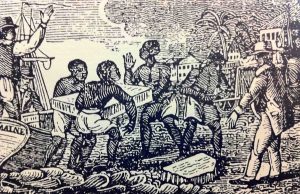
They Are We: Sierra Leone – Cuba … and Puerto Rico ?
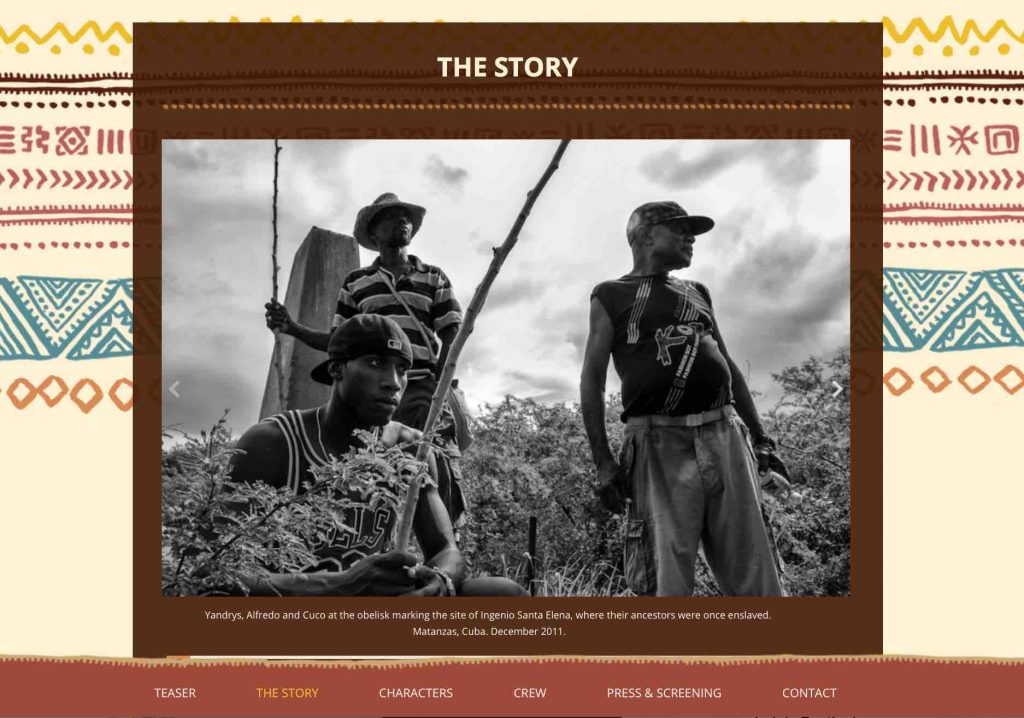
The descendants of the Ganga-Longoba in Cuba kept their traditions alive. Australian historian Emma Christopher filmed the celebration held by descendants whose enslaved ancestors labored at the Santa Elena plantation in Perico. She then screened the footage in various sites in Africa, trying to determine the origin of the traditions, sung in Banta, a language almost extinct nearly two centuries later.
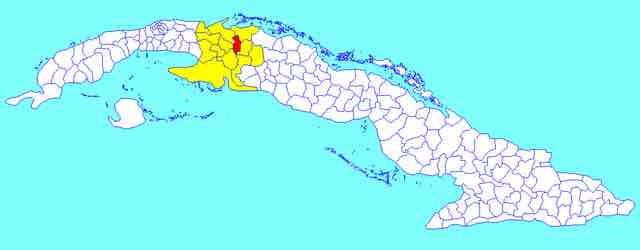
This led Christopher to film the documentary They Are We — the title based the words uttered by the villagers in Sierra Leone upon seeing the film of Afro-Cuban community members and their traditions. Eventually, a small group of descendants was able to travel to Mokpangumba, Sierra Leone to confirm family ties and celebrate their return home some 170 years later.
The ancestor who carried the tradition to Cuba was stolen from a village in Sierra Leone and arrived in the 1820s. Josefa Ganga lived to see the abolition of slavery in Cuba in 1886. She brought with her songs and dances in Banta, traditions for a secret society devoted to healing, on to her daughter and granddaughter. The centrality of music, oral poetry, literal and oral history in maintaining memory exists across the Caribbean, with opportunities to reconnect these ties. As with other communities in the New World, African and Indigenous women transmit values through story-telling, poetry, song and dance. [20] For Josefa Ganga, formerly enslaved on a sugar plantation early in the nineteenth century, cultural practices offered the gift of resilience. The site these ancestors worked was known as the Ingeniero Santa Elena.
Could this community in Perico, Cuba have connections to the Longoba nation members who were bought and sold to planters in Toa Baja? While the Longoba in Puerto Rico are mentioned in the historical record, their place of origin is not named. As I noted earlier in the article, ‘Longoba’ is used as a descriptor and for one man involved in the uprising, as a surname, Enrique Longoba.
Also in Toa Baja is the Ingeniero Santa Elena, which operated from 1790. Made of pink brick, the buildings are part of the National Trust for Historic Preservation, as the only surviving 18th century sugar mill on the island.
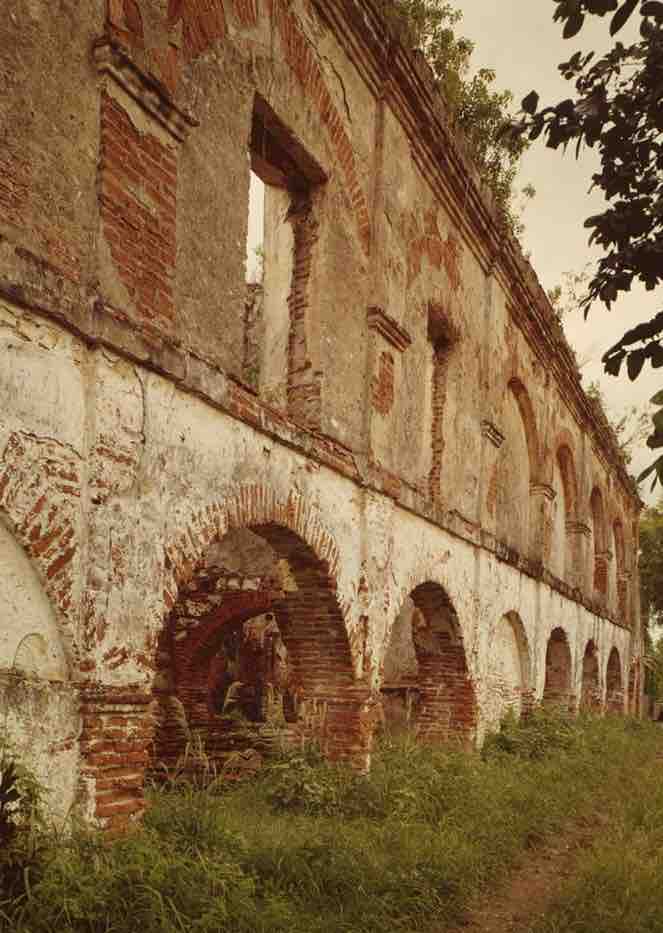

This description from 1902 provides insight into the workings of the mill. Perhaps the map of the property lends an idea of how overwhelming the site was, and the ease with which those who wished to steal themselves could plan their escape by reaching the waterways. And they did.
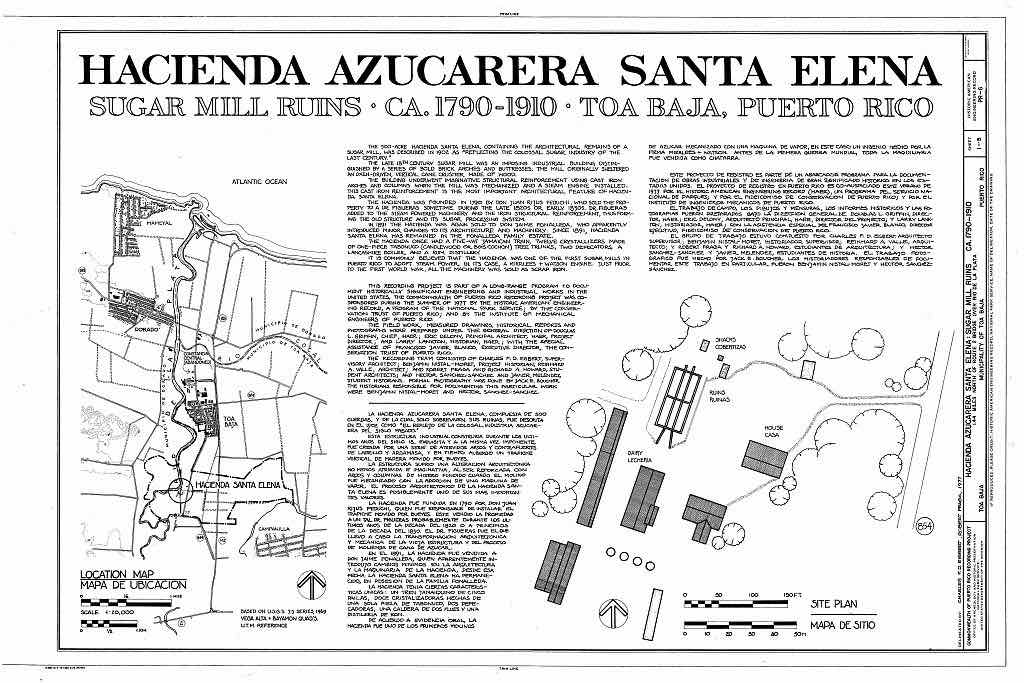
Given the proximity between Cuba and Puerto Rico, and Toa Baja’s open involvement in the illegal slave trade, it’s likely they shared the families and traditions ripped from Upper Banta Chiefdom of Mokpangumba, Sierra Leone over 170 years ago.
Worlds in a bodega
Many in Moca know how to differentiate the leaves of different varieties of plants and roots and where they grow. As a small child in the South Bronx, I learned the varieties from the refrigerated bins in bodegas, with my mother teaching me which root was which from the different shapes and skins. We bought cilantro, recao and tiny sweet red bonnet peppers, all packed in tiny brown paper bags to carry home for her sofrito for our next meal.
Embedded within the foodways that cross our paths are stories of healing and survival, carried by voices over time. [20]
Listen.
References
* “I like my history black… hold the sugar” A shout out to Joseph McGill, of The Slave Dwelling Project whose organization works to preserve slave dwellings across the US. Part of this work takes a simple visceral act of sleeping in extant slave dwellings with a group of people to connect with this fundamental and foundational history.
[1] Biodiversity and domestication of yams in West Africa: Traditional practices leading to Dioscorea rotundata Poir. Roland Dumont et al. 2005, CIRAD-IPGRI; Also see the entries on the Plant List for various agricultural references: http://www.theplantlist.org/tpl1.1/record/kew-239950
[2] Guillermo A. Baralt, Slave Revolts in Puerto Rico: Conspiracies and Uprisings, 1795-1873. Translated from Spanish by Christine AyorindeT., Marcus Weiner Publishers, (1982) 2007, 143.
A good overview of resistance in the Caribbean can be found here in Joseph Hollister’s essay http://www.slaverebellion.org/index.php?page=slave-resistances-in-latin-america
[3] Jalil Sued-Badillo, La Pena de Muerte en Puerto Rico: Retrospectiva histórica para una reflexión contemporánea. Puerto Rico: Editorial Centenario SA, 2000, 46-47
[4] Fernando Pico, Al filo del poder: Subalternos y dominantes en Puerto Rico, 1739-1910. Puerto Rico: Editorial UPR
[5] Francisco Scarano, “En peligro la libertad de todos.” Puerto Rico: Cinco Siglos de Historia, 414.
[6] Baralt, Slave Revolts in Puerto Rico 60
[7] Scarano, “En peligro la libertad de todos.” 414; Baralt, Slave Revolts in Puerto Rico.
[8] Scarano, “En peligro la libertad de todos.” 414.
[9] Quote from Andres Ramos Mattei Ramos,
“…y después que terminaba el corte diario de caña, se dirigían a la fábrica en donde los obligaban a permanecer hasta casi la medianoche. Los libres rehusaban trabajos de noche y menos en las fábricas debido a, entre otras cosas, el ruido infernal y el calor insoportable en las mismas. El trabajo inhumano, la mala calidad de vida, la poca infraestructura y la poca seguridad ante los accidentes en el manejo de los equipos y la maquinaria, hacia posible los accidentes y las muertes de los trabajadores del azúcar.”
Andres Ramos Mattei, La hacienda azucarera: su crecimiento y crisis en Puerto Rico (Siglo XIX), San Juan: CEREP, 1981. Quoted in German Diaz Maldonado, “Rebeliones de negros esclavos en Puerto Rico durante el primer tercio del siglo XIX: ensayo historiográfico.” 20 May 2016. Academia.edu.
[10] Scarano, “En peligro la libertad de todos.” 414
[11] APISPA, Toa Baja. Libro de Matrimonios, F57
[12 ] APISPA, Toa Baja. Libro de Matrimonios, F57
[13] APISPA, Toa Baja. Libro de Bautismos, 8B (1835-1843) 251v
[14] Norton & Espinshade, Excavating Maroon Refuse Sites. Journal of Caribbean Archaeology, 7, 2007.
[15] “10 Julio 1806, Noticia de esclavos profugos.” (10 July 1806, Notice of Runaway slaves), Document XIII.3, Benjamin Nistal-Moret, Esclavos profugos y cimarrones: Puerto Rico, 1770-1870. Editorial UPR, 1984, 242-243.
[16] Baralt, 90
[17] Loida Figueroa Mercado, “Chapter XII 1. The negro element in the formation of the Puerto Rican nation.” History of Puerto Rico: From the beginning to the 1892. NY: L.A. Publishing Company, Inc. 1977, 247-275.
[18] Sociedad Puertorriqueña de Genealogia’s Catalogó de Africanos
[19] Emma Christopher, “They Are We.” Documentary, 2014. http://theyarewe.com
Tom Schnabel, “Cubans trace musical roots back to Africa.”Rhythm Planet, KCRW Blog, 18 August 2014.
http://blogs.kcrw.com/music/2014/08/cubans-trace-musical-roots-back-to-africa-once-again/
“Afro-Cubans welcomed As Family in Remote Sierra Leone Village.” Clutch Magazine Online, May 2014.
[20] Mary E. Modupe Kolawole, “An African View of Transatlantic Slavery and the Role of Oral Testimony in Creating a New Legacy.” Anthony Tibbles, ed. Transatlantic Slavery: Against Human Dignity. National Museums and Galleries of Derbyside, 1994, 105-110.
Note: This is an updated version of an earlier blog post on El Orgullo de ser Mocano.

